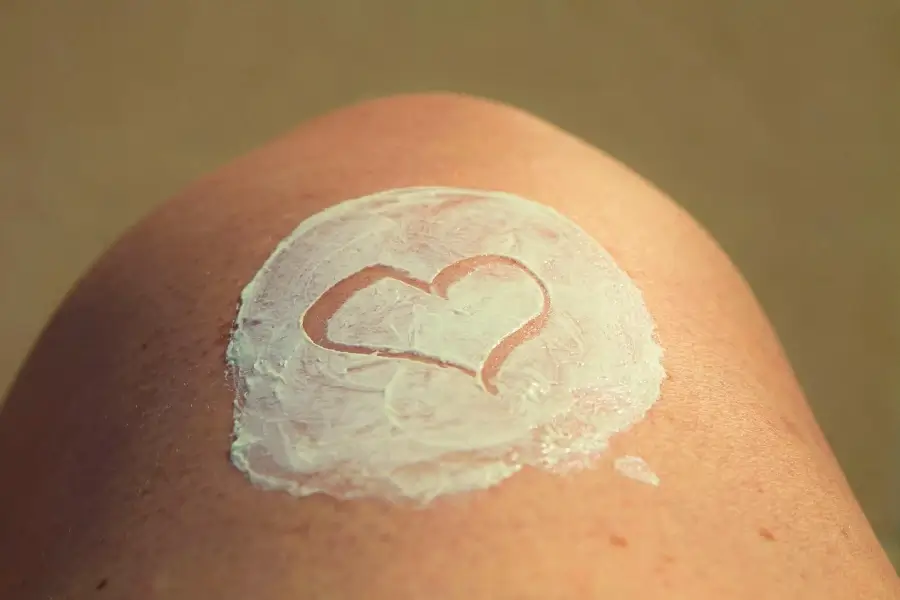The ideal activity to alleviate hot flashes varies from person to person; hence, there is no universally correct response to this subject. Nevertheless, the following activities have demonstrated efficacy in alleviating heat flashes:
Brisk walking, swimming, or riding a bike are all examples of aerobic activity that can help control core temperature and lessen the frequency of hot flashes.
Discover an aerobic activity that you like doing, and that works for your current fitness level. When you begin exercising, it is best to take it easy and build up to longer and more brutal sessions as you get used to it. Wearing loose-fitting clothing and drinking water before, during, and after exercise are also crucial.
You can fit in aerobic workouts on most days of the week. Try to get in 30 minutes of aerobic activity at a low level most days of the week. Short bursts of high-intensity aerobic activity are also an option.
Supporting Evidence
A few other pieces of evidence supporting the link between aerobic activity and heat flushes are as follows:
Menopause reported that aerobic activity reduced hot flashes significantly in women compared to non-exercising women; the research recommended 30 minutes of exercise four times weekly.
The journal Climacteric published additional research that indicated that after 12 weeks of aerobic activity for 60 minutes three times a week, women had 40% fewer hot flashes.
Maturitas reported a meta-analysis that indicated aerobic exercise helped menopausal women live better by reducing hot flashes and other symptoms.
Aerobic exercise can help lessen the severity and frequency of hot flashes without causing any harm. Consult your doctor to find out how much and what exercise is best for you.
Strength training is a practical exercise because it increases muscular mass, which increases metabolic rate and controls core body temperature. Make it a point to do strength training twice or thrice weekly.
Exercising your muscles can lessen the frequency of heat flashes by:
Muscle tissue aids in calorie burning and temperature regulation, two benefits of building muscle mass.
Strength training can help alleviate tension, reducing the likelihood of hot flashes.
Reducing hot flashes is one benefit of improving your sleep.
Menopause reported that a 30-minute strength training session twice weekly significantly reduced hot flashes in women compared to non-exercising women.
Strength training is a risk-free and effective strategy to lessen the severity and frequency of hot flashes. See your physician for advice on how often and how intense your strength training should be.
As a stress reliever and circulatory enhancer, yoga can help lessen the frequency and severity of hot flashes. Discover a style of yoga that suits your needs and interests, as there are several variations.
Practicing tai chi, a mild exercise, can aid with hot flashes by enhancing balance and coordination.
Learn tai chi at a time and place that works best for you; numerous options exist.
Pilates is an approach to exercise that emphasizes flexibility and core strength through a low-impact method. It can alleviate tension and enhance posture, contributing to hot flashes.
When you begin exercising, it is best to take it easy and build up to longer, more challenging sessions as you get used to it. Wearing loose-fitting clothing and drinking water before, during, and after exercise are also crucial.
Consult a medical professional if you are enduring severe bursts of heat. You can get their assistance in creating a personalized treatment plan.

Dominic E. is a passionate filmmaker navigating the exciting intersection of art and science. By day, he delves into the complexities of the human body as a full-time medical writer, meticulously translating intricate medical concepts into accessible and engaging narratives. By night, he explores the boundless realm of cinematic storytelling, crafting narratives that evoke emotion and challenge perspectives.
Film Student and Full-time Medical Writer for ContentVendor.com



